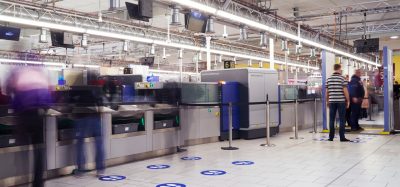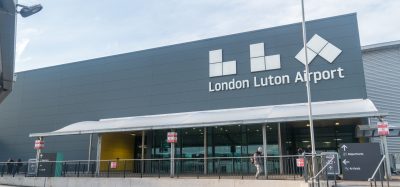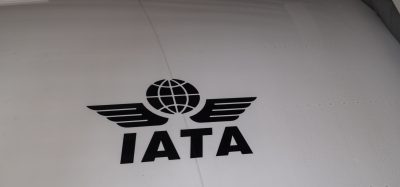Unifying under the shared goal of Narita 2050: A sustainability story
- Like
- Digg
- Del
- Tumblr
- VKontakte
- Buffer
- Love This
- Odnoklassniki
- Meneame
- Blogger
- Amazon
- Yahoo Mail
- Gmail
- AOL
- Newsvine
- HackerNews
- Evernote
- MySpace
- Mail.ru
- Viadeo
- Line
- Comments
- Yummly
- SMS
- Viber
- Telegram
- Subscribe
- Skype
- Facebook Messenger
- Kakao
- LiveJournal
- Yammer
- Edgar
- Fintel
- Mix
- Instapaper
- Copy Link
Posted: 20 September 2024 | Takeshi Ishiguro | No comments yet
International Airport Review caught up with Narita International Airport Corporation’s Chief of Sustainability, Takeshi Ishiguro. In this exclusive Q&A, we hear from Ishiguro about the small but powerful changes the company is making to manage emissions.
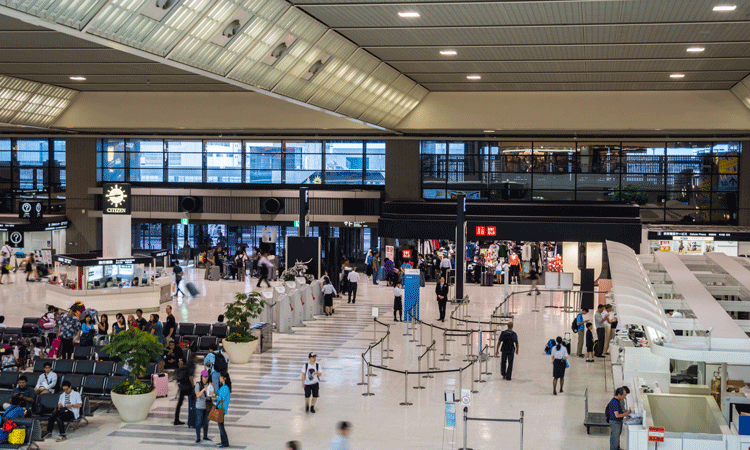

Tell us about yourself and your role at the airport.
My name is Takeshi Ishiguro and I am a member of the sustainability department at Narita International Airport Corporation (NAA).
Since joining the company, I have been engaged in a project to replace aviation lights with everyday lights, which are necessary for the safe take-off and landing of aircraft. I also supervise the construction of aviation light renewal work, new taxiway and apron maintenance work and develop renewal paths for existing facilities. Since being assigned to the airport sustainability department in December 2022, I have been working mainly on carbon neutralisation project for airport vehicles.
What upcoming developments you could update us on?
For vehicle decarbonisation, the idea is to establish three infrastructure facilities and support systems: electricity, hydrogen, and fuel conversion, so that stakeholders can choose a method of vehicle decarbonisation.
For facility decarbonisation, we will promote a project to install solar power generation. As for sustainable aviation fuel (SAF), due to the high costs, we will consider incentive systems to compensate for the price difference between sustainable aviation fuel and jet fuel, to promote the introduction of SAF.
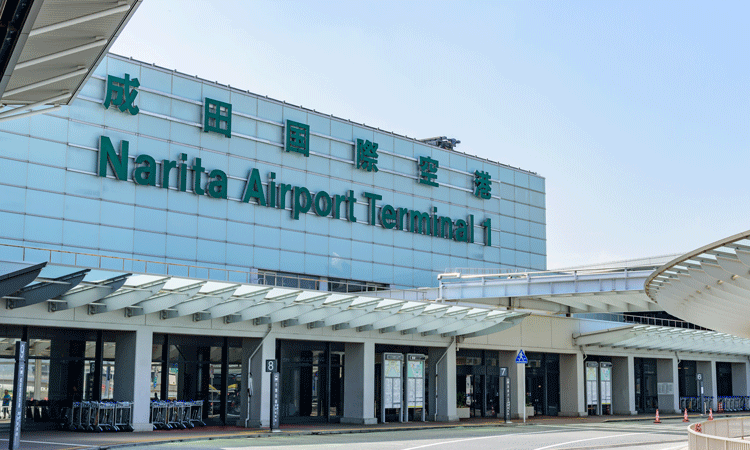

Could you tell us about your LED conversion project and what that entails?
As a part of the aviation lighting upgrade, halogen and fluorescent lights will be replaced with LEDs. In addition, all newly constructed runways and taxiways will naturally be installed with LEDs. As for the conversion of aviation lights to LED, we are trying to convert all of them to LED by 2030. About 60% of the aviation lights have already been converted to LED.
Fantastic. So how has this project been progressing?
I am in charge of vehicle decarbonisation, so I’ll answer about the vehicles. Electric vehicle chargers and hydrogen stations are already in place. Regarding fuel conversion, four of NAA’s special vehicles are currently fuelled with renewable diesel and we are preparing to increase the number of renewable diesel vehicles and to fuel airport operator vehicles after the summer. However, like sustainable aviation fuel, renewable diesel is expensive and we are considering a subseries to help patch the price gap with diesel fuel.
What is sustainable Narita 2050 and what are some of its sustainability initiatives that will position the airport to be more environmentally friendly?
It’s a medium and long-term numerical target for decarbonisation, not only for the NAA group, but for the airport, with the goal of achieving carbon neutrality. It’s a concerted efforts of all parties in both. The initiative includes the introduction of advanced technology, employee awareness, reduction of environmental impact through construction and the reduction of CO2 emissions through co-operation with stakeholders.
Why are initiatives like this so important?
Since initiatives related to decarbonisation are not an issue that can be solved by a single company, it is important to foster a sense of unity among the business board. For this reason, we are working on three initiatives for one part of the fleet of electric vehicles; fuel vessel vehicles and fuel conversions so that airport operators can promote decarbonisation using methods appropriately made for each company.
How is Narita Airport’s decarbonisation strategy going?
We have been installing solar power generation systems for more than 20 years. We increased the number of installations starting in the late 2020s to enhance their supply of electricity from renewable energy sources. The decarbonisation of the vehicles and establishment of a system which introduces sustainable energy fuels has been rapidly studied and addressed over the past few years.
Finally, what is your story around hydrogen?
There is one off-site hydrogen station at the landside area of the Narita Airport. Currently, grey hydrogen is refuelled from outside the airport. In the future, we would like to produce green hydrogen by water electrolysis, using electricity from solar power generation systems to utilise it at the airport.


c: Takeshi Ishiguro
Mr. Takeshi Ishiguro joined Narita International Airport Corporation (NAA) as an engineer in 2019.
He was a member of Airfield Maintenance Department, and he was working on LED conversion project.
In December 2022, Mr. Ishiguro took on the role of Chief in Airport Sustainability, and he is now responsible for carbon-neutral project of the airport’s vehicles.
Related topics
Emissions, Hydrogen, Sustainability, Sustainable Aviation Fuel (SAF)





